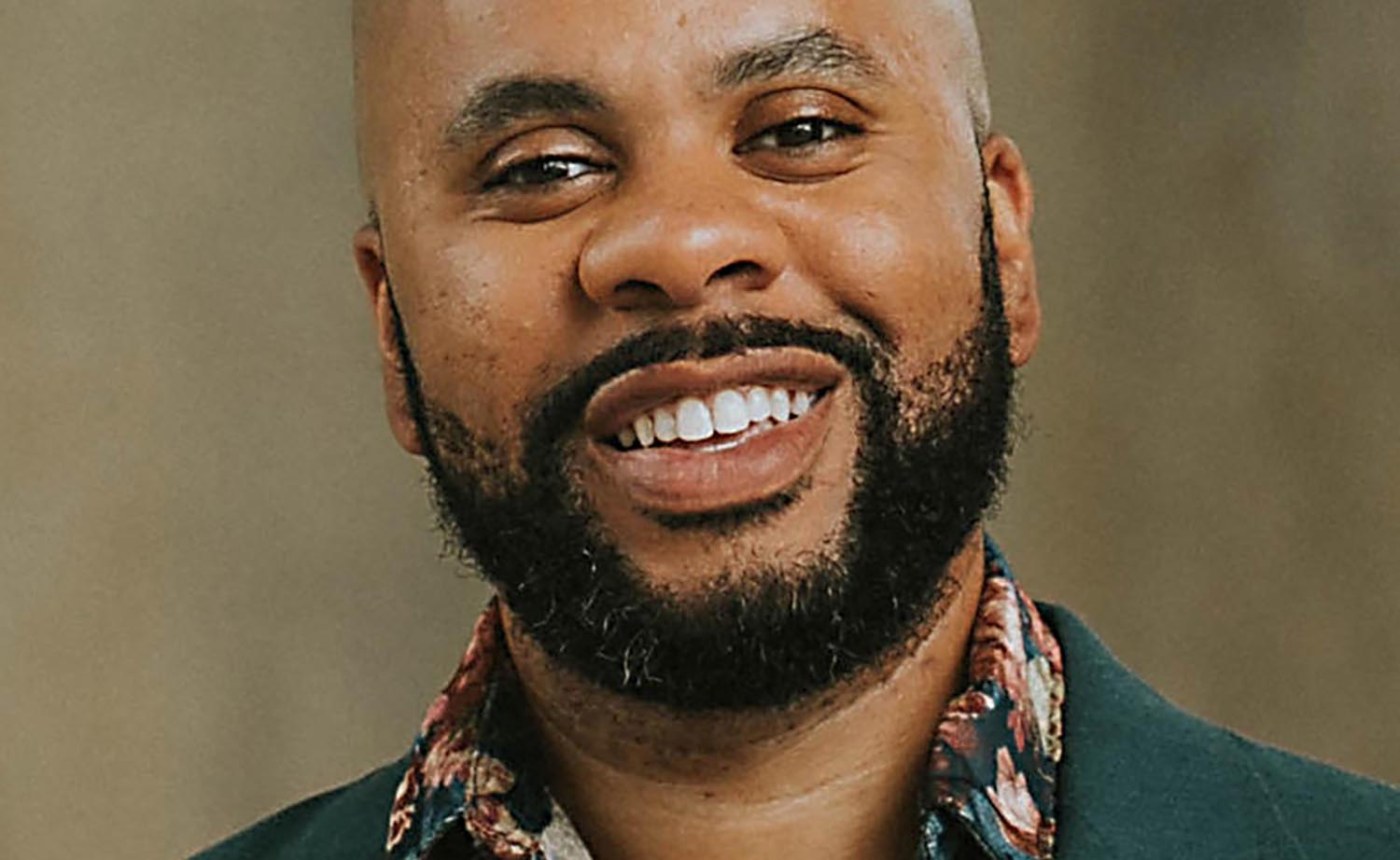By Don Thompson | KFF Health News
Medi-Cal, California’s complex, $174.6 billion Medicaid program, provides health insurance for nearly 15 million residents with low incomes and disabilities. The state enrolls twice as many people as New York and more than three times as many as Texas — the two states with the largest number of Medicaid participants after California.
Related Articles
Bay Area lawmaker aims to prevent fatal overdoses, lower stigma at California colleges
Bay Area food banks, pantries struggle with funding cuts as demand continues to rise
New documentary looks at Highland Hospital trauma center from a unique perspective
‘No stranger to body brokering and kickbacks,’ insurer’s lawsuit against California addiction treatment providers says
Santa Clara County offers $2 million to repair dilapidated mental health homes
Enrollment is high because California goes beyond federal eligibility requirements, opening Medi-Cal to more low-income residents. The state also provides a broad range of benefits, such as vision, dental, and maternity care — some of which is largely paid for by federal dollars but which also affects state spending.
But lately, Medi-Cal has found itself in political crosshairs.
Democrats say the biggest threat to Medi-Cal is $880 billion in GOP budget cuts being mulled in Washington, D.C., which health experts say would require eligibility restrictions, such as work requirements, or program cuts to yield enough savings over a decade. Republicans argue that Medicaid costs have spiked due to fraud and abuse and they criticize state Democrats for making the benefit available to immigrants regardless of legal status.
In March, Gov. Gavin Newsom’s administration borrowed $3.4 billion to cover an unexpected overrun in Medi-Cal, and lawmakers in April appropriated an additional $2.8 billion for the rest of the fiscal year. Although the Democratic governor acknowledged a need for adjustments, he has defended the state’s efforts to get more people covered. In 2022, California’s uninsured rate for residents under age 65 hit a record low of 6.2%, according to the California Health Care Foundation.
As lawmakers debate funding for the safety net program, here’s what’s at stake for California’s largest health program.
Who’s covered?
More than a third of Californians depend on Medi-Cal or the closely related Children’s Health Insurance Program to see a doctor, therapist, or dentist. They rely on the program to get medicine and access treatment. It can also be a lifeline for families by allowing people with disabilities and seniors to stay in their homes and providing coverage to their caregivers. It also funds nursing care for seniors.
The overwhelming majority of enrollees qualify because they earn 138% or less of the federal poverty level: $21,597 annually for an individual person or $44,367 for a family of four. While that’s low for a state where the median household income tops $96,000, it’s far more generous than Alabama’s family eligibility limit, which is 18% of the federal poverty level, or Florida’s, at 26%.
Unlike Alabama or Florida, California extends coverage to low-income adults without dependents. The state also covers more people with disabilities who work, inmates, and other residents who wouldn’t qualify for the benefit program if California lawmakers hadn’t expanded the program beyond what the federal government requires.
According to state estimates, Medi-Cal covers about 7.3 million low-income families and an additional 5 million adults, most of whom don’t have dependents. An additional million people with disabilities rely on the program.
Medi-Cal also picks up the tab for 1.4 million residents 65 and older for benefits not covered by Medicare, such as long-term care and dental, hearing, and vision care.
The majority of adult Medi-Cal recipients under 65 work, according to a KFF review of March 2024 census data. In California, about 42% of nondisabled adults on Medi-Cal work full time and an additional 20% work part time. Those not employed were most commonly caring for a family member, attending school, or ill.
Just over half of Medi-Cal recipients are Latino, about 16% white, 9% Asian or Pacific Islander, and 7% Black, according to state enrollment data. That differs from the nation as a whole, where about 40% of people under age 65 who use Medicaid are white, 30% Hispanic, 19% Black, and 1% Indigenous people.
Where does the money come from?
The federal government pays for about 60% of the Medi-Cal program. Of its nearly $175 billion budget this fiscal year, Washington, D.C., is expected to contribute $107.5 billion.
An additional $37.6 billion comes from the state’s general fund. The final $29.5 billion comes from other sources including hospital fees, a managed-care organization tax, tobacco tax revenue, and drug rebates.
California receives 50% in matching federal dollars for core services, such as coverage to children and low-income pregnant women. But it gets a 90% match for the roughly 5 million Californians it has added to rolls under the Medicaid expansion authorized by the Affordable Care Act.
Where does it go?
On average, Medi-Cal costs $8,000 per recipient, but costs vary widely, according to a March analysis by the California Legislative Analyst’s Office.
For instance, people with disabilities account for 7% of enrollees but 19% of Medi-Cal’s spending, with an average annual cost of $21,626.
Meanwhile, the cost to cover seniors averages roughly $15,000. And senior enrollment, at 1.4 million, has skyrocketed, increasing 40% since 2020 as lawmakers eased the rules for how many assets people 65 and older could have and still qualify for the program.
California also foots much of the bill to cover about 1.6 million immigrants without legal status — roughly $8.4 billion of the $9.5 billion, Department of Finance program budget manager Guadalupe Manriquez said during a recent Assembly Budget Committee hearing.
What could get cut?
President Donald Trump in March said that he would not “touch Social Security, Medicare, Medicaid” but focus on getting the “fraud out of there.” However, health experts say Medicaid services would be gutted if Congress follows through on massive spending reductions to pay to extend Trump’s tax cuts.
Congressional Republicans have discussed implementing work requirements for nondisabled adults, which could affect at least 1 million Medicaid enrollees in California, the most of any state, according to an analysis by the Urban Institute.
Lawmakers also could roll back the Medicaid expansion under the Affordable Care Act, also known as Obamacare, which passed in 2010 and allowed more people to qualify for Medicaid based on income. California, 39 other states, and Washington, D.C., have chosen to adopt “Medicaid expansion,” in which the federal government pays for 90% of coverage for those enrollees.
Such a move would cost California billions each year if it opted to continue coverage for the roughly 5 million additional enrollees who have gained coverage under the expansion.
Republicans could also make it tougher for states such as California to continue to draw federal aid through provider taxes such as the MCO tax, something the first Trump administration proposed but later dropped. The tax on managed care plans brings in about $5 billion a year and was endorsed by voters in a ballot initiative last fall, but the federal government has been complaining for years about how states levy such taxes on insurance plans and hospitals. If it restricts how states collect these taxes, it would likely cause a funding gap in California.
If federal cuts occur, Newsom officials acknowledge, the state couldn’t absorb the cost of existing programs. Republicans are pressuring Democrats who control the legislature to end Medi-Cal coverage of residents without legal status — something neither Newsom nor Democratic legislative leaders have expressed a willingness to do.
State leaders also could be faced with cutting optional benefits such as dental care and optometry, trimming services aimed at enhancing recipients’ quality of life, or reducing payments to managed care plans that cover 94% of Medi-Cal recipients.
That’s what California lawmakers did during the Great Recession, cutting reimbursement rates to providers and eliminating benefits including eye and dental care for adults. The governor at the time, Republican Arnold Schwarzenegger, went a step further, chopping $61 million from counties’ Medi-Cal funding in a budget bloodletting that he said contained “the good, the bad, and the ugly.”
This article was produced by KFF Health News, a national newsroom that produces in-depth journalism about health issues and is one of the core operating programs at KFF — the independent source for health policy research, polling, and journalism. KFF Health News is the publisher of California Healthline, an editorially independent service of the California Health Care Foundation.





